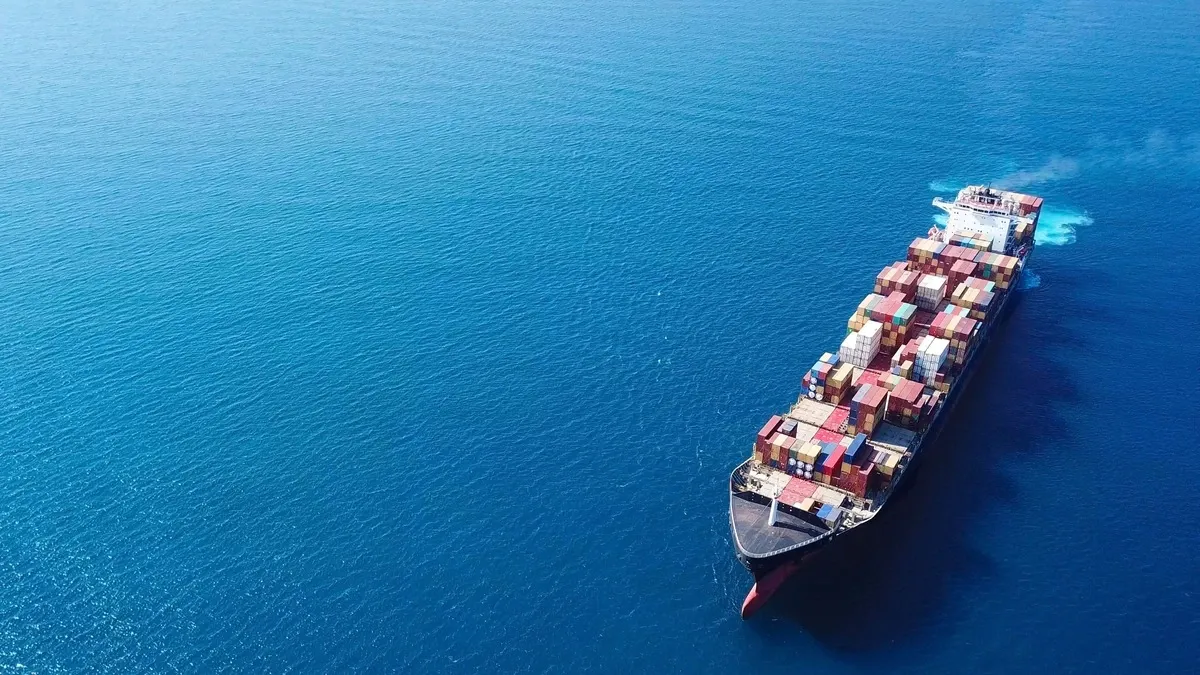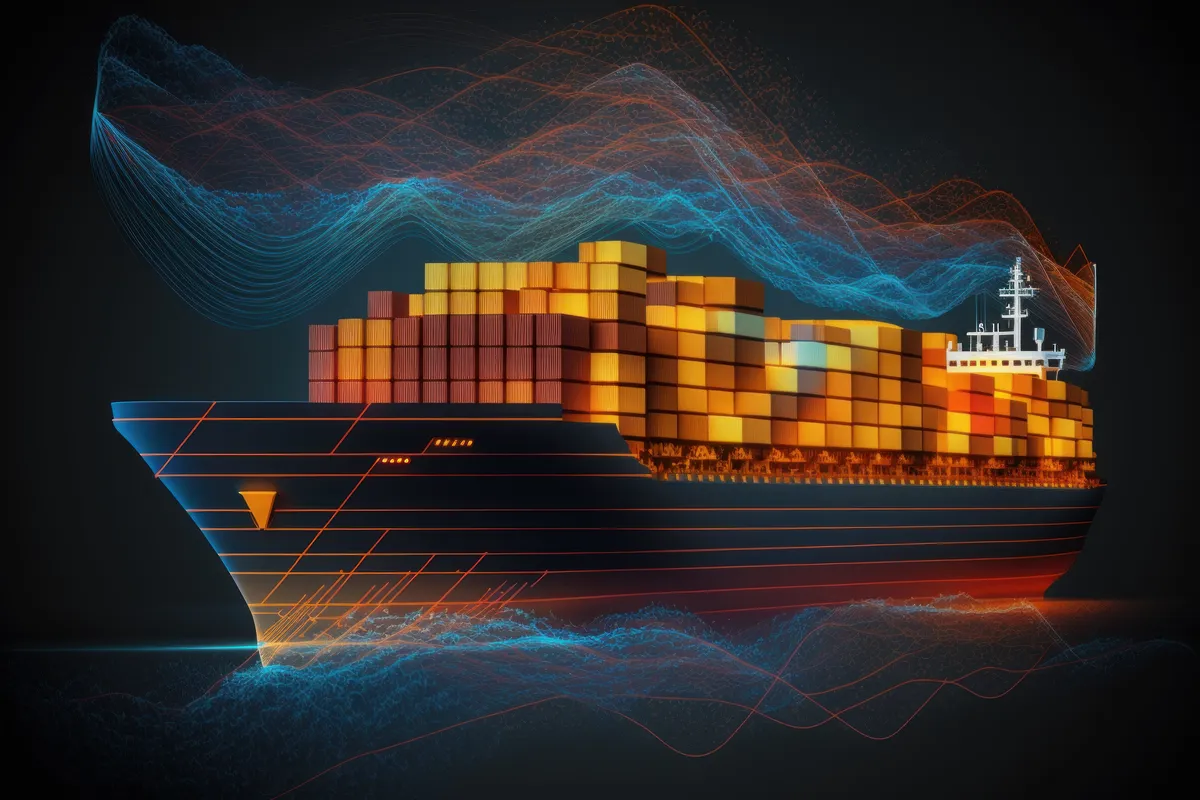The International Maritime Organization has published resolution MEPC.386(81) with 2024 guidelines as required by regulation 13.2.2 of MARPOL Annex VI in respect of non-identical replacement engines not required to meet the tier III limit.
THE MARINE ENVIRONMENT PROTECTION COMMITTEE,
RECALLING Article 38(a) of the Convention on the International Maritime Organization concerning the functions of the Marine Environment Protection Committee conferred upon it by international conventions for the prevention and control of marine pollution,
RECALLING ALSO that, at its fifty-eighth session, it adopted, by resolution MEPC.176(58), a revised MARPOL Annex VI (hereinafter referred to as "MARPOL Annex VI") which significantly strengthens the emission limits for nitrogen oxides (NOx) in light of technological improvements and implementation experience,
NOTING that regulation 13.2.2 of MARPOL Annex VI specifies which NOx emission standard shall be applied when a marine diesel engine is replaced with a non-identical marine diesel engine,
RECOGNIZING the need to develop guidelines to set forth criteria for when it is not possible for a replacement engine to meet the standards in regulation 13.5.1.1 (Tier III),
RECALLING that, at its sixty-fifth session, it adopted, by resolution MEPC.230(65), the 2013 Guidelines as required by regulation 13.2.2 of MARPOL Annex VI in respect of non-identical replacement engines not required to meet the Tier III limit (hereinafter referred to as the "2013 Guidelines"),
RECOGNIZING the need to update the 2013 Guidelines,
HAVING CONSIDERED, at its eighty-first session, the draft 2024 Guidelines as required by regulation 13.2.2 of MARPOL Annex VI in respect of non-identical replacement engines not required to meet the Tier III limit, prepared by the Sub-Committee on Pollution Prevention and Response at its tenth session,
- ADOPTS the 2024 Guidelines as required by regulation 13.2.2 of MARPOL Annex VI in respect of non-identical replacement engines not required to meet the Tier III limit, as set out in the annex to the present resolution;
- INVITES Administrations to take the annexed Guidelines into account when considering whether the installation of a Tier III marine diesel engine is not feasible in the case of a non-identical marine diesel engine;
- REQUESTS the Parties to MARPOL Annex VI and other Member Governments to bring the annexed Guidelines to the attention of shipowners, ship operators, shipbuilders, marine diesel engine manufacturers, and any other interested groups;
- INVITES Administrations that have found prior to 1 August 2025 that the installation of a Tier III engine was not feasible, to nevertheless inform the Organization of those decisions using the template set out in the appendix to the Guidelines;
- AGREES to keep these Guidelines under review in light of the experience gained with their application;
- DETERMINES that these Guidelines supersede the 2013 Guidelines adopted by resolution MEPC.230(65).
ANNEX
2024 GUIDELINES AS REQUIRED BY REGULATION 13.2.2 OF MARPOL ANNEX VI IN RESPECT OF NON-IDENTICAL REPLACEMENT ENGINES NOT REQUIRED TO MEET THE TIER III LIMIT
- When it becomes necessary to replace an engine to which regulation 13 of MARPOL Annex VI applies in principle (power output of more than 130 kW), the non-identical replacement engine shall comply with the standards set forth in paragraph 5.1.1 of the respective regulation (Tier III) when operating in an area designated under regulation 13.6 of MARPOL Annex VI if the replacement takes place on or after the dates in sub-paragraphs of regulation 13.5.1.2, as appropriate unless:
- a replacement engine of similar rating complying with Tier III is not commercially available; or
- the replacement engine, in order to be brought into Tier III compliance, needs to be equipped with a NOx reducing device which owing to:
- size cannot be installed in the limited space available on board; or
- extensive heat release could have an adverse impact on the ship's structure, sheeting, and/or equipment whilst additional ventilation and/or insulation of the engine-room/compartment will not be possible.
- In making the determination that a Tier III engine is not a feasible replacement engine for a ship, it should be necessary to evaluate not just engine dimensions and weight but may also include other pertinent ship characteristics. These pertinent characteristics could include:
- downstream ship components such as drive shafts, reduction gears, cooling systems, exhaust and ventilation systems, and propeller shafts;
- electrical systems for diesel generators (indirect drive engines); and
- such other ancillary systems and ship equipment that would affect the choice of an engine.
- Restrictions should also be considered concerning engine adjustment/matching needed to meet boundary conditions and performance data necessary for SCR operation at all relevant mode points.
- If the replacement engine is part of a multi-engine (twin-engine) arrangement and it is replacing an engine that is not a Tier III compliant engine owing to it having been installed prior to the Tier III implementation date, a need to match a replacement engine within a multi-engine arrangement should be part of the criteria to be considered. In such cases, if it were decided to exempt a replacement engine in multi-engine arrangements, it must be clear that is where engines are installed as matched pairs (or more) as propulsion engines and that matching is necessary to ensure comparable manoeuvring/drive response rather than where multiple engines are installed such as in the case of generators.
- A replacement engine that meets the Tier III limit should be installed provided it does not incur an increase in the ship's electrical demand beyond the installed capacity.
- In no case should modification to the ship's structure be allowed which weakens its structural stability below the acceptable level.
- The Administration should consider how far the shipowner's specification of the device will determine whether a non-identical replacement engine is not required to meet the Tier III limit (for example, by requiring an excessive urea storage capacity, relative to bunker capacity, or that the SCR device is not to increase engine weight/volume by more than an unjustifiably low percentage).
- There may be differences between a Tier III and a Tier II engine that should not affect the determination of whether a non-identical replacement engine should not be required to meet the Tier III limit, such as:
- warranty period or life expectancy;
- cost; or
- production lead time.
- The shipowner should provide evidence to the Administration that a Tier III engine cannot be installed and should report specifically what prevents a Tier III compliant engine from being installed, taking into account the provisions of these guidelines. The shipowner should document the search for compliant Tier III engines and explain why the closest available engine with respect to size or performance is not appropriate for the ship. The search should include engines produced by manufacturers other than the original engine's manufacturer. This documentation, duly endorsed by the Administration, should be kept with the replacement engine's EIAPP Certificate.
- In addition to the requirements of paragraphs 1 to 3 and 5 to 9, which specifically cover the replacement of one marine diesel engine by another, in the case where a steam system is to be replaced by a marine diesel engine, an Administration should also take the following points into account in evaluating a proposal that that engine should be Tier II compliant as opposed to Tier III:
- the total available engine-room space, including tanks, made available by the removal of the steam system being replaced should be considered with regard to the space and support service requirements of a Tier III engine;
- if the steam system is not removed but only decommissioned, that should not affect the determination as to whether a Tier III replacement engine could be installed; and
- the level of work required to provide the structural support for the marine diesel engine to be installed should be considered in relation to any additional work required in order to accommodate a Tier III engine as to whether such additional work should reasonably be expected to be undertaken.
An appendix containing the template for information to be provided to the Organization by the Administration, which acknowledges that the installation of a Tier III non-identical replacement engine was not feasible and consequently a Tier II engine has been installed, is attached to the document.
 Marine Regulations NewsEda Zenic
Marine Regulations NewsEda Zenic
For more information, please see the document below (available only to subscribers):
2024 Guidelines as Required by Regulation 13.2.2 of MARPOL Annex VI in Respect of Non-identical Replacement Engines not Required to Meet the Tier III Limit

Sign up for our newsletter
Your most up-to-date maritime regulations news
It's free. No spam. Cancel anytime.









Related News
Most important regulatory news published in the last week
Jan 21, 2025
Isle of Man: Key changes to marine casualty reporting
Jan 17, 2025
Updated IMO guidelines for GMDSS radio installations on SOLAS ships
Jan 17, 2025